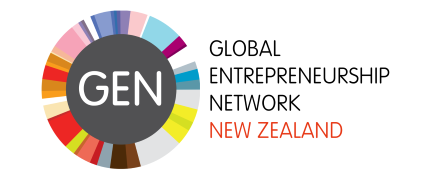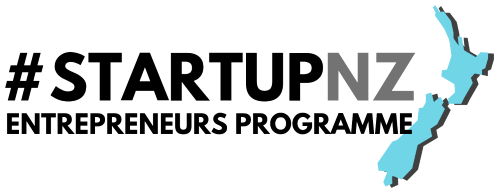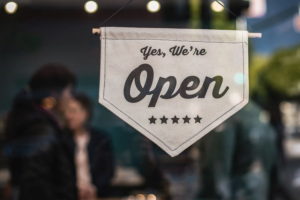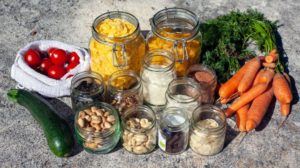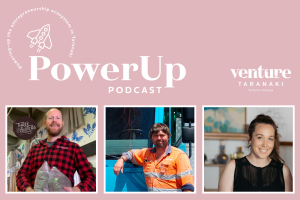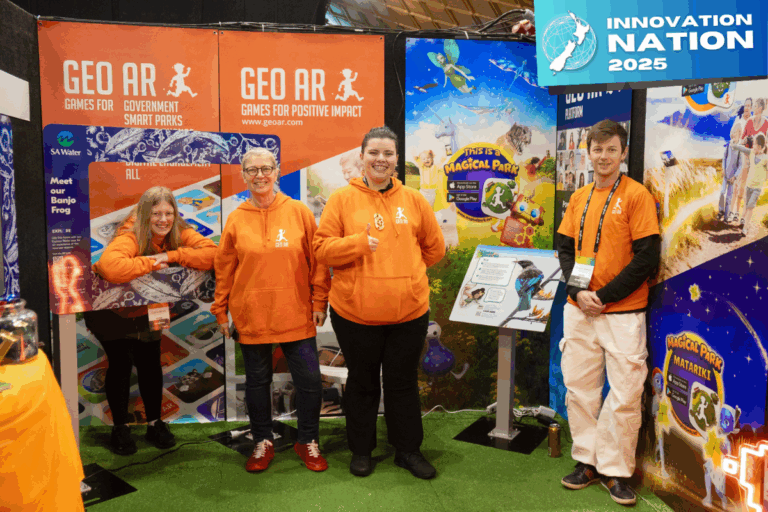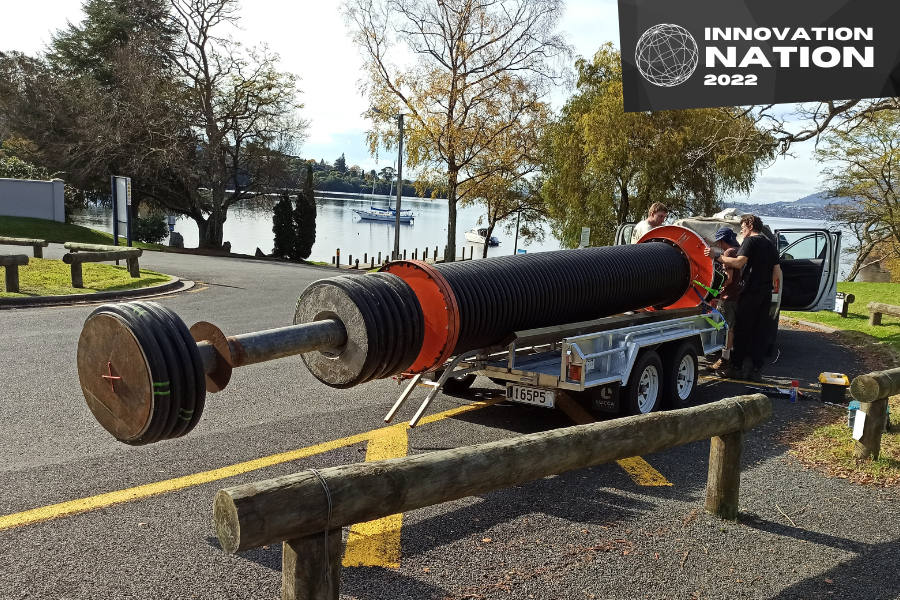
WHO: EnergyBank
Founder: Tim Hawkey
HQ: Auckland
website: Energybank.nz
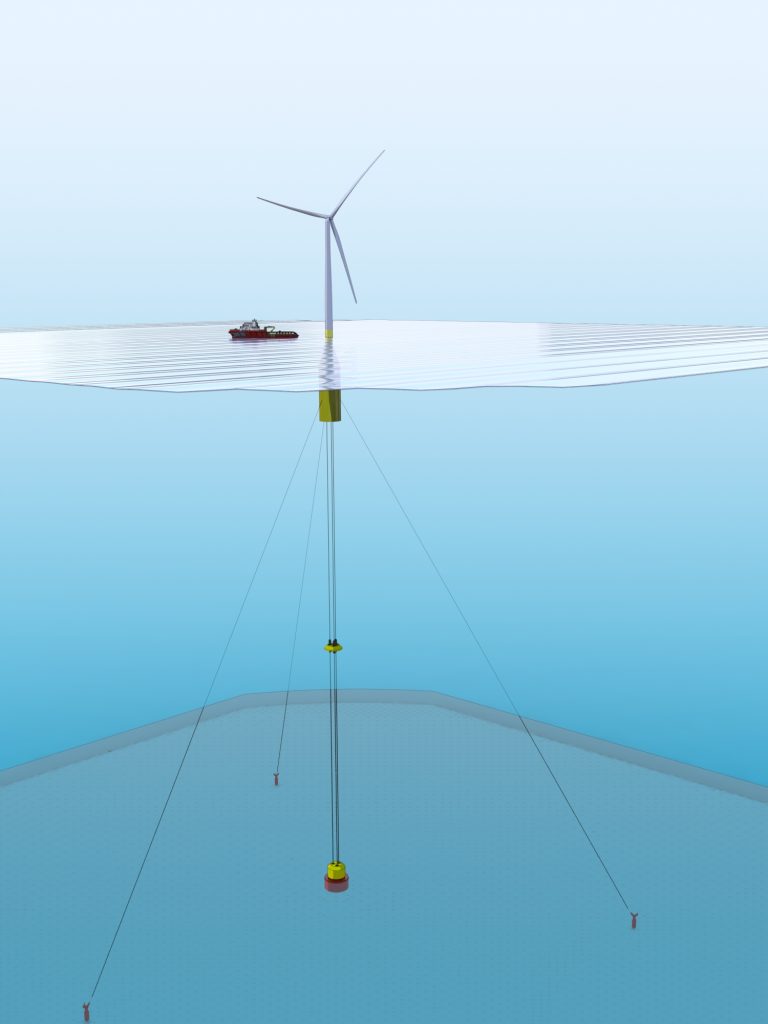
WHAT PRODUCTS, SERVICES, SOLUTIONS OR TECHNOLOGY HAVE YOU DEVELOPED?
We are developing technology that will store 30-100 hours of energy by lifting and lowering large masses in ocean depths of 1-5kms. The mechanics of this in some ways resemble a cuckoo clock.
EnergyBank’s deep ocean gravitational energy storage (DOGES) concept is a bolt-on storage system for existing floating wind turbines. We are using novel tech to address the limitations of existing mooring lines and are developing a winch system to move the masses up and down.
WHAT KEY CUSTOMER PROBLEMS OR CUSTOMER “WANTS” DOES YOUR SOLUTION SOLVE?
The intermittent nature of offshore wind generation means that generation is not always happening (i.e. the wind isn’t always blowing) and when the wind is blowing, all wind farms in that area are generating energy so the market price drops with the oversupply. This type of renewable energy ends up being undervalued because it cannot provide reliable supply to the market.
Fixed-bottom and floating wind turbines are currently projected to only be cost-effectively deployed in water depths up to 1000m – partly due to the cost of mooring lines at this depth. However, much of the world’s coastlines quickly drop off into much deeper water. Overall, this constrains the size of the market floating offshore wind can competitively serve.
By providing a storage solution that also serves as an economical mooring system, EnergyBank enables floating offshore wind farms to enter deeper waters and also secure a better price on the energy they sell because they can store energy to dispatch in times of higher demand. This ultimately allows greater opportunity for renewable energy generation.
Our solution is scalable – we’re not going to run out of space to build these things. And, relatively speaking, they don’t take up much space as they are a vertically oriented mechanism.
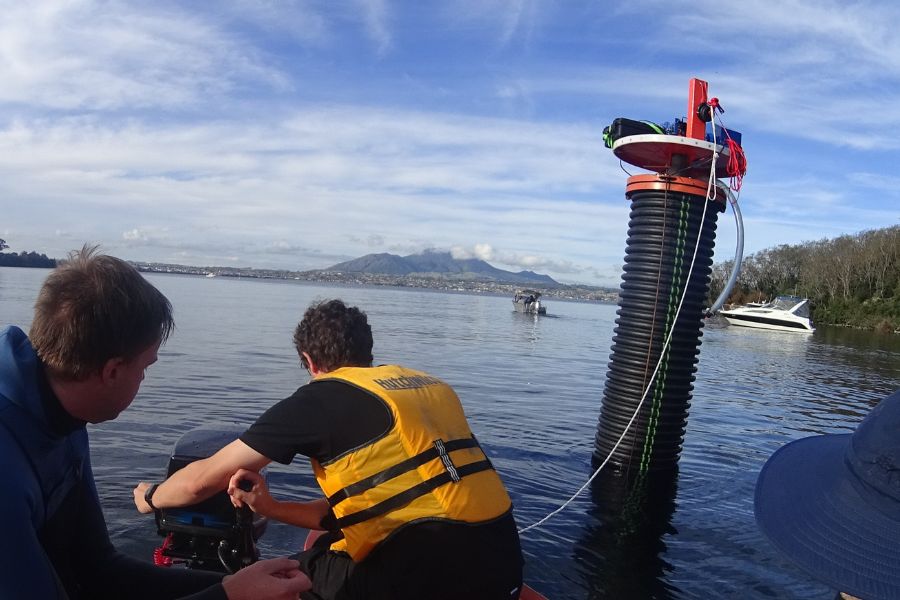
Who and where are your target customers?
Our target customers are companies developing floating offshore wind farms. We also see an opportunity in offshore data centres, and in repowering offshore oil and gas platforms with wind energy.
Based on analysis of ocean depth, available wind resource and proximity to large cities, we have identified 14 million square kilometres of viable space for grid-connected, utility scale DOGES (~2.7% of earth’s surface area). Some of the more attractive areas are near Portugal, Spain, France, Japan, Taiwan, the Philippines, Australia, California, and Hawaii. Some of these places are already getting into floating offshore wind and we want to provide a chance for them to expand further.
How and when did you first come up with the idea for your business?
I studied mechanical engineering and I also fell in love with entrepreneurship after taking part in the Velocity program at the University of Auckland. My dad built and managed power stations so growing up, I spent a lot of time in power stations all around the country, and it was a frequent topic of conversation at dinner tables (much to my mum’s annoyance). In 2017 I read an article written by an investor about the problems he would invest in people solving and one of them was energy storage which really resonated with me. So, in 2019, after returning from living in San Francisco, I got to work on EnergyBank and I have found my calling. Our vision is an economically decarbonised world running on offshore renewables which I passionately believe is possible.
What advice do you have for founders looking to raise capital?
We raised $2.7m in an oversubscribed seed round back in 2021 – it was my first capital raising experience and there was a lot to learn through the process.
When looking to raise capital, figure out if it is right for you and our business before you start – remember money comes with expectations and additional admin. If you feel it’s the right time, then learn to pitch and take the time to build strong relationships in the entrepreneurial ecosystem.
If you are wondering whether your company needs funding, read Zero to One by Peter Thiel. It does an excellent job of outlining what all the different VC investment frameworks are, and if your business is not a natural fit for that, you may be better off sourcing funding from elsewhere. But if you do decide that it is most appropriate to seek out VC funding, the three best things you can do is validate your market, learn to pitch effectively, and build relationships. Go to innovation and entrepreneurship events and do not be afraid to reach out to interesting people on LinkedIn or consider joining groups such as the Global Entrepreneurship Network and taking part in events like Startup Weekend – you will find lots of like-minded problem solvers.
What’s been the biggest challenge you’ve faced in building your business so far?
Building a talented team is the biggest challenge, with the biggest reward. When you get a group of people together who are aligned and focused on solving a big problem, you feel the momentum and excitement that grows with the progress you make.
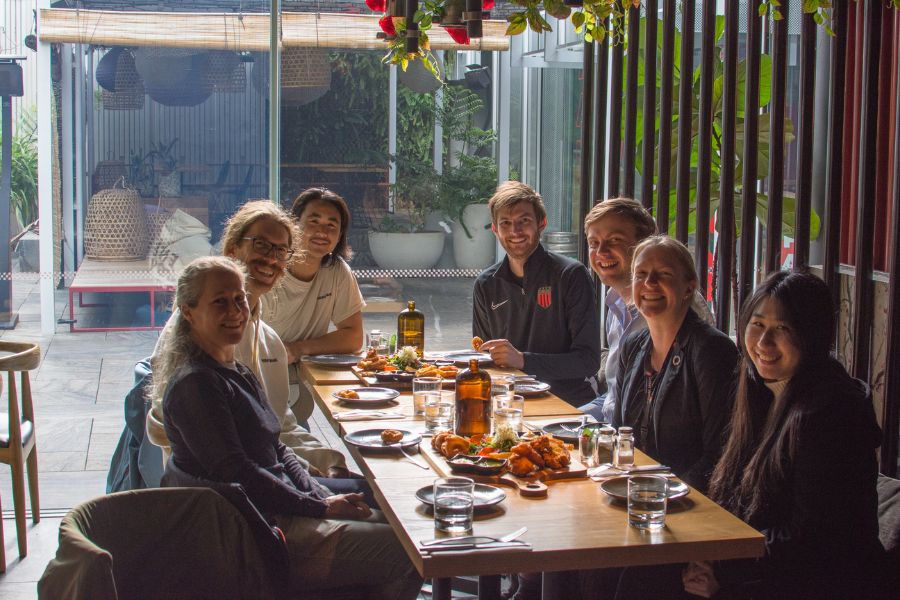
What is the biggest entrepreneur lesson you would like to share with other Kiwis thinking of starting their own business?
Do not be afraid of big problems! Ambition is a good thing. That is how you get into novel territory and avoid commoditised competition. Always be thinking 10-15 years ahead of the curve. With rockets as an example, back in the mid-2000s, everyone would have been saying “you’re crazy”, and that is how you know you are doing something original.
Story created in partnership with Venture Taranaki.

